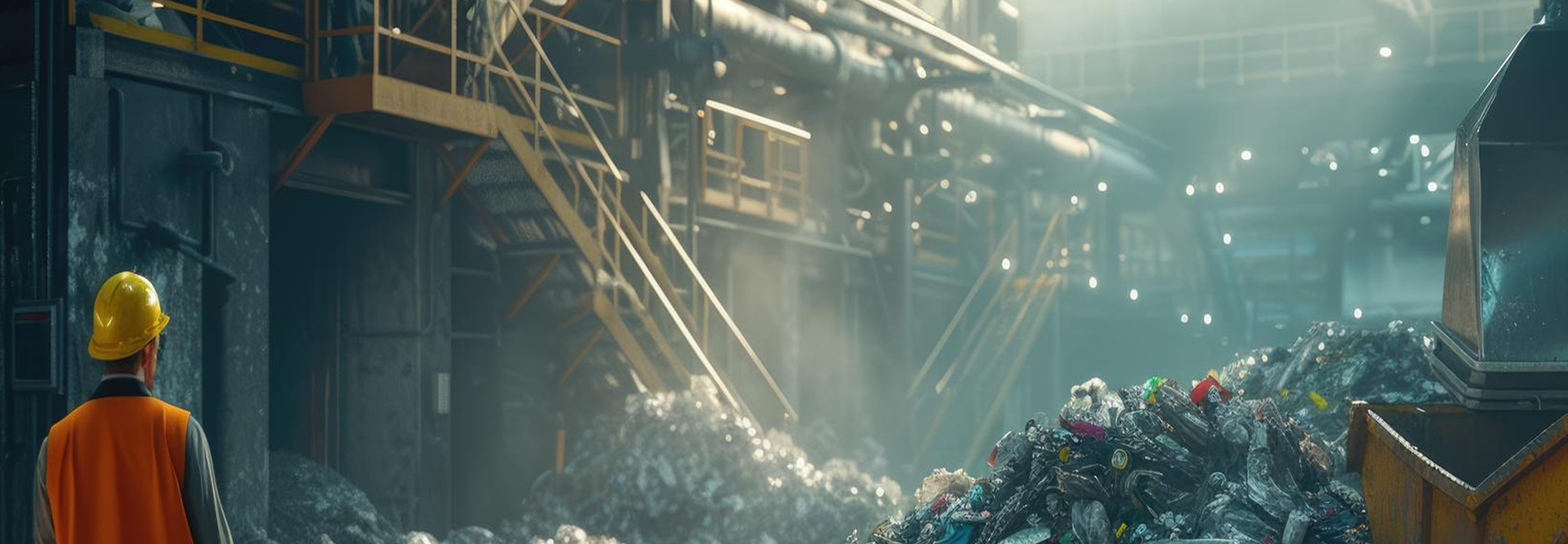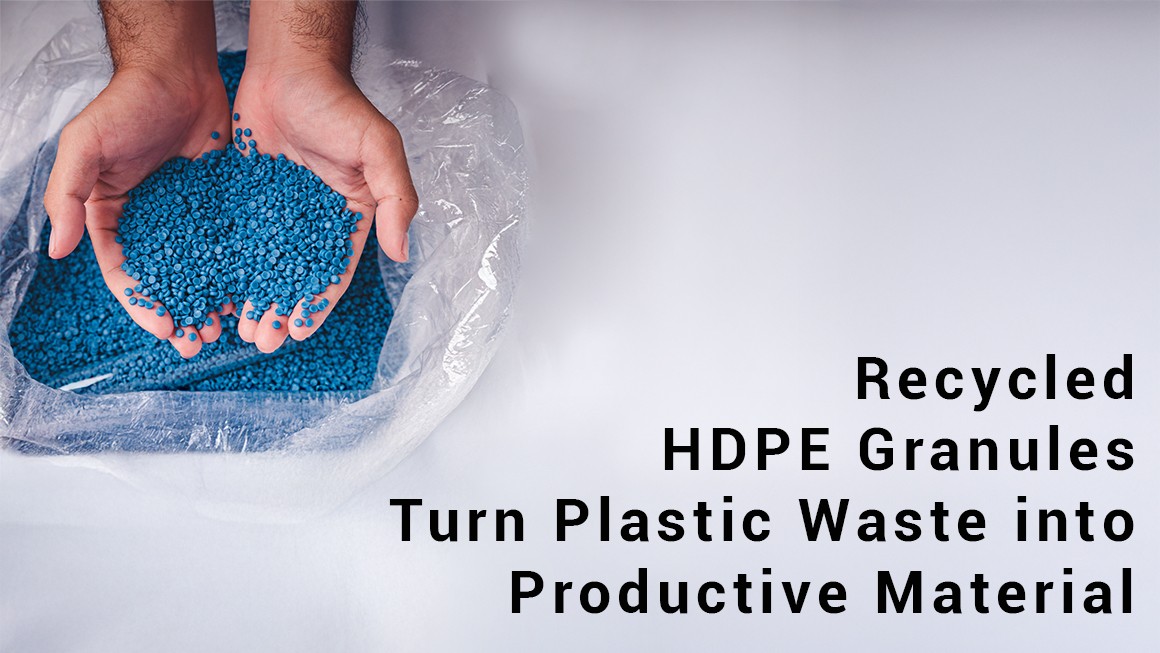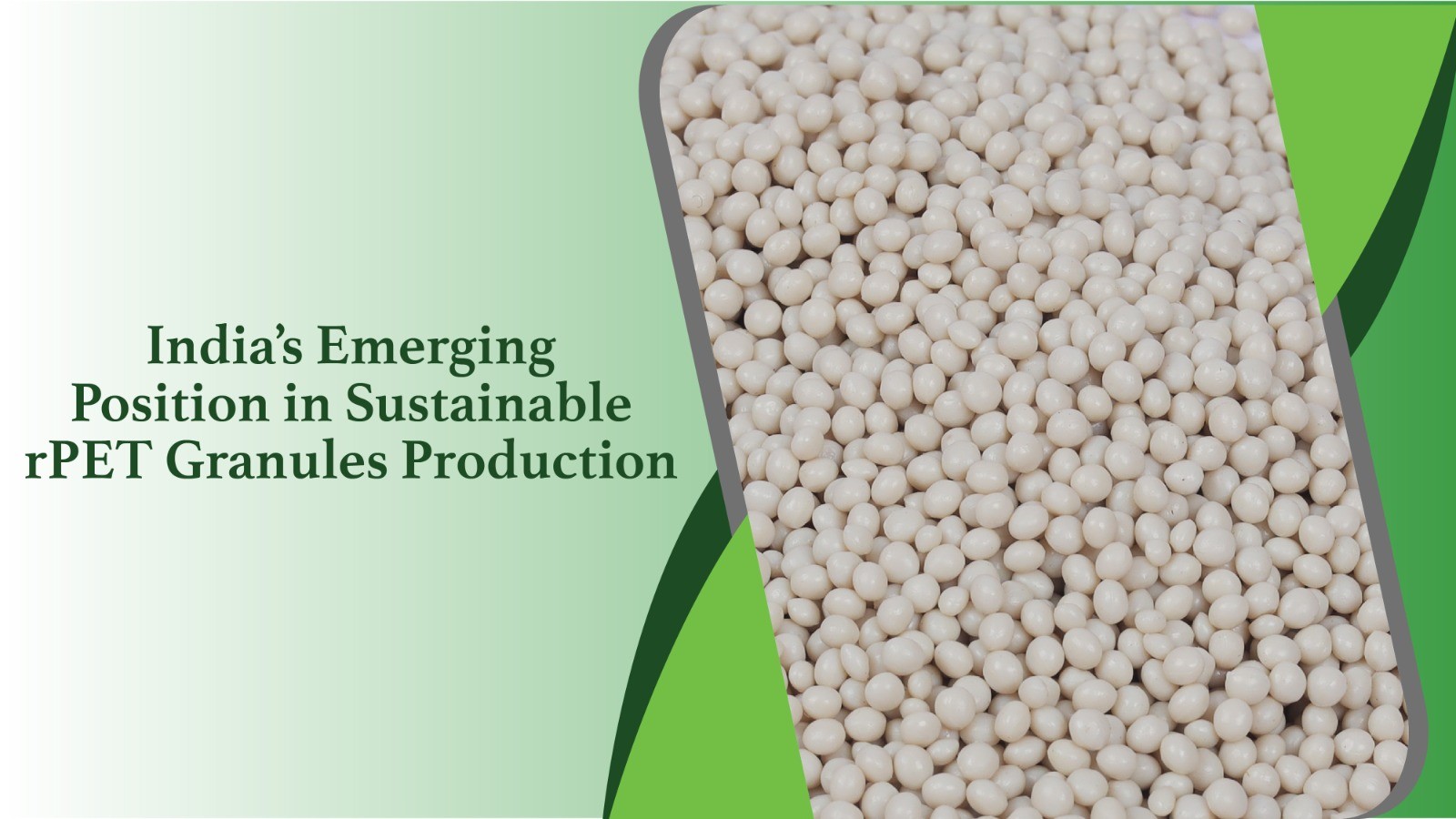
BLOG
POPULAR ARTICLES
Recycled HDPE Granules Turn Plastic Waste into Productive Material
08 October, 2025

What do Recycled HDPE Granules Deliver?
Recycled HDPE granules provide dependable stiffness, impact strength and chemical resistance. The polymer structure accepts reprocessing with limited degradation when handled with care, which suits repeat lifecycles. Granules ensure consistent dosing in extrusion and injection lines, so familiar recipes remain viable, melt flow stays within target windows and tolerances hold.
HDPE granules manufacturers sit at the heart of this improvement. Material selection, sorting discipline, washing quality and filtration standards define the output. Tight control over moisture, contaminants and odour supports stable colour and mechanical behaviour. Attention to these fundamentals opens wider application windows and smoother changeovers.
From Waste to Granule: Step by Step
Targeted collection focuses on known HDPE streams such as blow-moulded bottles, caps, industrial packaging and crates. Cleaner feedstock sets the stage for better yield and fewer production issues.
Sorting and preparation follow. Density separation, colour sorting and metal removal reduce impurities. Labels, liners and mixed polymers move out of the stream. Consistency begins at the conveyor, not the pelletiser.
Washing and drying cut dirt and residuals. Efficient drying holds low moisture content, protecting the polymer and the machines that will process it.
Shredding, extrusion and fine-mesh filtration remove fines and gels, improve surface finish and deliver granules with predictable melt characteristics.
Compounding and stabilisation align the material to specific end uses. Colour masterbatches and functional additives tune performance, while antioxidants support multiple lifecycles.
Testing and traceability complete the loop. Melt flow index, ash content, density, tensile properties and odour checks guide each batch. Clear labelling and batch histories give downstream users confidence.
Pashupati Group applies this cradle-to-granule approach across integrated facilities, supplying recycled HDPE granules at scale and aligning grades to production requirements.
Where Recycled HDPE Fits Best
HDPE woven fabrics and industrial textiles are improved by tapes and yarns manufactured from recycled HDPE granules. The fabrics stabilize FIBC bags, tarpaulins, ground covers and protective wraps when dimensional stability and abrasion resistance are critical.
Blow-moulded containers like jerrycans, bottles and drums appreciate impact strength and stress-crack resistance. Line speeds remain competitive and wall thickness remains consistent with the appropriate melt profile.
Pipes, conduits and extruded profiles gain smooth surfaces and reliable stiffness, which suits infrastructure and cable management.
Injection-moulded parts including caps, closures, crates, pallets and appliance components gain from regrind compatibility and precise mould filling.
Films and liners, with suitable blending, meet targets for strength and opacity in carry bags and protective packaging.
Waste Reduction with Measurable Impact
Each tonne of recycled HDPE granules replaces virgin resin and prevents plastic waste and free environments. Recycling uses less energy compared to primary polymer production, which is favourable for carbon-efficient manufacturing strategies. Localised sourcing shortens transport loops and builds resilience against global supply swings.
Circular flows amplify this effect. Take-back programmes, baling at source and return logistics for post-industrial scrap keep valuable HDPE within controlled loops. Design for recovery brings single-polymer parts, simplified labels and inks that release during washing. These choices raise recycling rates and lift granule quality over time.
Quality by Design
Success with recycled HDPE relies on three pillars.
- Input purity: defined streams deliver better outcomes than mixed streams. Bottle-grade in, bottle-grade out becomes a practical reality when sorting holds firm.
- Process control: stable temperatures, consistent residence time and robust filtration protect polymer chains and machinery. Real-time monitoring and documented parameters lead to repeatable batches.
- Fit-for-purpose compounding: end-use alignment guides UV packages for outdoor goods, impact modifiers for crates and colour stability for brand consistency. Matching the recipe to the job prevents downstream surprises.
HDPE granules manufacturers that invest in these pillars help converters run longer without stoppages, reduce scrap rates and maintain product quality with confidence.
The Commercial Case
Recycled HDPE granules support cost planning with diversified feedstock and steady local availability. Price stability improves when supply chains include both post-consumer and post-industrial inputs. Inventory strategies simplify when lead times shrink and quality remains consistent across batches.
Pashupati Group supplies documented properties and aligns melt flow, density and colour to production needs. Collaboration begins with the part drawing and continues through the extruder to the final quality gate with fewer reworks.
HDPE Woven Fabrics and Circular Potential
HDPE woven fabrics show circularity in action. Tapes, looms and coatings convert granules into strong, lightweight textiles for packaging and protection. At the end of life, clean cuttings and post-industrial trims return to the line. With planned logistics, even post-use fabrics can re-enter appropriate applications. Each loop reduces virgin polymer demand and trims disposal volumes.
Pashupati Group engages across this chain, from granule supply to fabric production pathways, bringing material knowledge and process know-how under one umbrella.
Clear Steps for Wider Adoption
- Design parts with mono-material thinking and minimal labels or mixed components.
- Set melt flow windows upfront and align tooling to recycled grades.
- Establish take-back channels for trims and post-consumer goods.
- Track batches and share data to build trust across the supply chain.
- Highlight product performance alongside recycled content to keep the focus on quality.
A Practical Path Forward
Recycled HDPE granules turn plastic waste into a reliable resource. Excellent properties, process suitability and extensive application coverage ensure HDPE is a foundation material for circular manufacturing. With responsible sourcing, careful processing and purposeful compounding, granules satisfy challenging specifications in packaging, textiles and industrial products.
Pashupati Group stands among HDPE granules manufacturers focused on quality, scale and practical circularity. With recycled HDPE granules and engineered consistency, manufacturing gains an effective route to reduce plastic waste while keeping production efficient and dependable.
RECENT BLOGS





